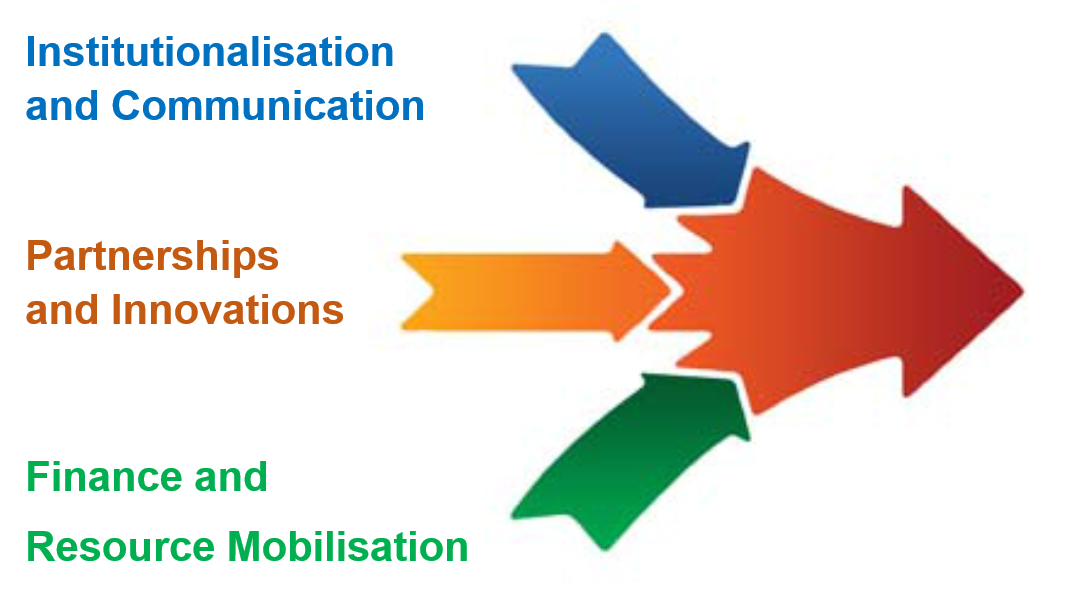ASEAN Vision 2025 on Disaster Management

ASEAN Vision 2025 on Disaster Management
As ASEAN moves towards 2025, there are key overarching and interconnected elements in this strategic policy document to guide the region and build on the successes in disaster management and emergency response to date. This will provide the direction needed for ASEAN to become a global leader in disaster management and emergency response over the next 10 years. This strategy outlined Institutionalisation and Communications, Financing and Resource Mobilisation, and Partnerships and Innovations as the building blocks towards a disaster resilient ASEAN and a region that is well-placed to act comprehensively both within the region and further afield. Three mutually-inclusive strategic elements were identified that may guide the direction of the implementation of AADMER to 2025.

Firstly, ASEAN needs to capitalise and communicate its achievements to position the region as a global leader in disaster management and emergency response.
The further institutionalisation of AADMER is a strategic element that identifies the need for a multi-layered and cross-sectoral governance approach driving the integration of the ASEAN Socio-Cultural Community, ASEAN Economic Community and ASEAN Political Security Community to further enhance disaster management and emergency response at the regional level.
The further institutionalisation of AADMER is a strategic element that identifies the need for a multi-layered and cross-sectoral governance approach driving the integration of the ASEAN Socio-Cultural Community, ASEAN Economic Community and ASEAN Political Security Community to further enhance disaster management and emergency response at the regional level.
The further institutionalisation of AADMER is a strategic element that identifies the need for a multi-layered and cross-sectoral governance approach driving the integration of the ASEAN Socio-Cultural Community, ASEAN Economic Community and ASEAN Political Security Community to further enhance disaster management and emergency response at the regional level.
Secondly, it is critical for the Post-2015 AADMER Work Programme to explore sustainable and innovative ways to transform the way it funds and mobilises resources for disaster management and emergency response.
The implementation of AADMER involving ASEAN Member States, ASEAN Secretariat, and the AHA Centre, pinpoints that the strategy needs to combine an increase in ASEAN Member States’ contributions with traditional and non-traditional sources of funding and other modalities of support, while still ensuring that the process and content is driven by ASEAN.
Through collaboration with the private, public and people sectors in new and creative ways the region will be well-placed to have attained financial sustainability and mobilised the necessary resources by 2025. It identifies the role that small and medium-sized enterprises, micro-insurance, insurance pooling and capital markets can offer in the pursuit of a disaster-resilient region able to extend its expertise further afield by 2025.
Finally, ASEAN should look into forming stronger traditional and new non-traditional partnerships.
As such relationships are imperative for comprehensive, innovative and robust disaster management and emergency response implementation in the region and beyond. In particular this strategic element determines the importance of drawing on the local knowledge and capacity of civil society organisations.
It further identifies the potential roles of the ASEAN Coordinating Centre for Humanitarian Assistance on disaster management (the AHA Centre) to become a network coordinator of regional centres for excellence in disaster leadership and management that can facilitate knowledge creation, policy analysis and training for the next generation of practitioners.
It finally recognises that the ASEAN think-tank community can provide strategic policy analysis and support the development of the region as a global thought-leader in disaster management and emergency response.